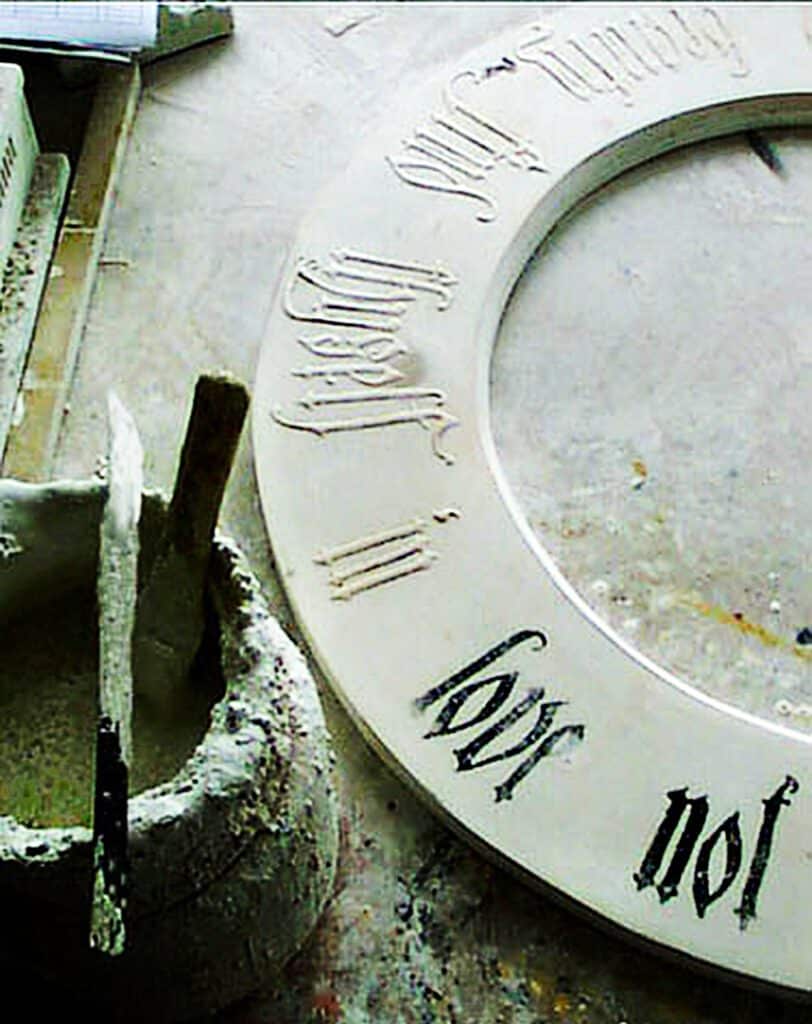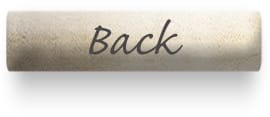
Gesso & Raised Detailing Phase

‘Quality means doing it right when no one is looking’
As one of the few remaining workshops, still employing traditional gilding techniques, each piece has to undergo a painstaking preparatory process.
Before any leaf can be laid, you need to build up an ultra-smooth surface -which is known as the ‘substrate’. As the above quote implies and experience has taught me it’s essential you get this substrate right as it dictates the quality of the final finish.

The first stage of building up the substrate is to seal the wood with a coat of rabbit skin glue. Once the surface is dry it is coated with up to 4-6 layers of a super-fine plaster called gesso.
It is applied using a brush with each coat being applied before the previous coat has dried out so that they bond together to form a single, even layer of gesso approximately 1-2mm thick.
Gesso is used to cover the wood grain and any imperfections in the wood. As with most traditional techniques, gesso has been replaced with high build paint substitutes. I have avoided using these as gesso gives a softer, more rounded, aged character to the finished piece.

Once dry, the gesso is sanded back to produce a flawlessly smooth surface.
If any raised detail is required this is done by applying a material called ‘combo’. The area must be traced out, the combo’ applied and shaped by hand then smoothed. For a large script mirror this combo’ work may take a day to apply & half a day to work into shape & smooth.




